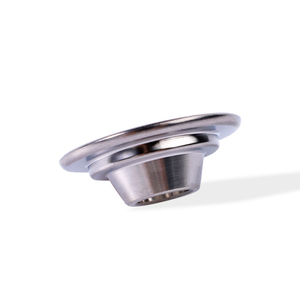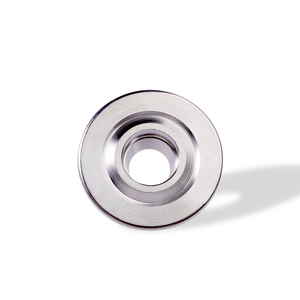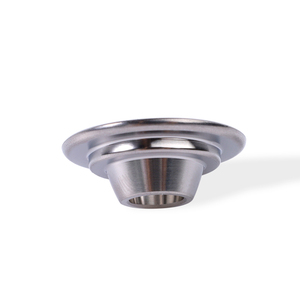(18 products available)
























 Ready to Ship
Ready to Ship






















































A Chevy crate engine refers to a General Motors engine that has been manufactured and packaged into a crate for sale. The Chevy crate engine is a great option for car enthusiasts looking to upgrade their engine for better performance, as well as for mechanics looking to save on time when performing engine replacements. The engines come in various types to suit different applications.
The following are the specifications of a typical Chevy crate engine.
The Chevy Crate Engine Specifications
There are several specifications of the Chevy crate engine. Below are a few.
The cylinder head of a Chevy crate engine is designed with a head gasket. The head gasket is used to seal the gap between the engine and the cylinder. It comes in different thickness levels and materials depending on the type of engine. The intake ports are used to absorb air and fuel, while the exhaust ports are useful for releasing exhaust. Valves are found on the intake and exhaust ports and are useful for controlling the flow of air, fuel, and exhaust in and out of the engine. The valves are controlled by the valve train, which consists of pushrods, rocker arms, and lifters.
Another feature of the Chevy crate engine is the camshaft. The camshaft is responsible for opening and closing valves at the appropriate time during the engine's cycle. It is found in the engine block and is driven by the timing belt or chain. The crankshaft is also found in the engine block. It converts the power from the pistons into rotational power that can be used to drive the vehicle. The Chevy crate engine also has a lubrication system that helps to reduce friction and wear on the moving parts of the engine. The cooling system in a Chevy crate engine controls the temperature of the engine to avoid overheating. The battery provides the required power to start the engine and run the ignition system. The alternator is useful for charging the battery and powering the electrical system of the engine. Finally, the Chevy crate engine also has a timing belt or chain that coordinates the timing of the engine's moving parts.
Maintenance of the Chevy Crate Engine
Maintaining a Chevy crate engine is important for the smooth and long-lasting operation of the vehicle. Below are a few tips for maintaining a crate engine.
Check the oil level and change the oil regularly. Ensure the engine has enough oil to lubricate its moving parts and clean the oil regularly.
Maintain the cooling system by checking the coolant level regularly and changing the coolant after the period recommended by the manufacturer.
Maintain the ignition system by changing the spark plugs, spark plug wires, and ignition coils after the recommended period by the manufacturer.
Regularly check the air filter and replace it when dirty or clogged. This ensures that the engine gets enough air to run smoothly.
Regularly check the fuel system by inspecting the fuel lines and fuel filters. Replace the fuel filters after the period recommended by the manufacturer.
Maintain the timing system by inspecting the timing belt or chain and changing it after the recommended period by the manufacturer.
Inspect the exhaust system for damage and replace any worn-out parts. Ensure that the exhaust system is free of blockages so that the exhaust can flow freely out of the engine.
Check the electrical system of the engine by inspecting the battery, alternator, and starter motor. Replace any faulty or damaged electrical components.
Take the vehicle to a professional mechanic for regular tune-ups and inspections.
Choosing the right Chevy crate engine for retail business requires careful consideration of several factors.
Business Needs
Evaluate the needs of the target customers. For a business that focuses on high-performance vehicles, opting for high-performance crate engines like the LT5 or LT4 supercharged engines makes sense. If the customer base leans towards vintage restoration, then small-block or big-block engines may be more appealing.
Budget Considerations
Different crate engines come at different price points. Consider the overall budget and remember that while a more expensive engine may have a higher upfront cost, it could provide better long-term value through increased performance and reliability.
Compatibility
Ensure the selected crate engine is compatible with the most common vehicle makes and models the target customers use. Also, consider whether the engine will be compatible with existing transmission systems, exhaust components, and other vital aspects of the vehicle.
Warranty and Support
Look for suppliers offering a solid warranty and support for the crate engine. A good warranty can provide peace of mind and reduce the risk of financial loss due to engine failure. Reliable customer support can assist with any issues that arise during installation or use.
Future Maintenance and Serviceability
Consider the long-term maintenance requirements of the selected crate engine. Choose engines that are easy to service and maintain. Research the availability of spare parts and consider how often the engine will require maintenance to make an informed decision.
Resale Value
Think about the resale value of the chosen crate engine. High-performance engines can provide a higher resale value, but only if the target customers are interested in such engines. Similarly, vintage crate engines can be very valuable, especially if they are well maintained.
Fuel Efficiency
With the increasing need to conserve the environment and the rise in fuel prices, choosing a crate engine with higher fuel efficiency is a plus. The engine should be able to offer more energy with less fuel.
Replacing a Chevy small block engine can be a complex task, but with the right tools, basic mechanical knowledge, and step-by-step guidance, it can be done. Here’s a DIY guide on how to replace a Chevy small block engine:
Tools and Materials Needed:
Step-by-Step Guide:
Q: Are crate engines only used for engine replacement?
A: No, crate engines can also be used for upgrading. A new, more powerful engine can be installed in a car through a crate engine, which enhances performance.
Q: Do Chevy crate engines come with a warranty?
A: Most Chevy crate engines are backed by a warranty for engine assembly and parts. Buyers should read the manufacturer's warranty policy to understand the coverage.
Q: Can a Chevy small-block crate engine be installed in any vehicle?
A: The feasibility of installing a Chevy small-block crate engine depends on various factors, including the vehicle's size, compatibility with the engine's specifications, and the cooling and exhaust systems. Consult a mechanic to determine whether the engine can be installed in a specific vehicle.
Q: Do crate engines include all necessary components for a complete engine?
A: No, crate engines do not include all necessary components for a complete engine. Typically, they do not come with an intake manifold, carburetor, or accessories like the alternator and power steering pump. Buyers should purchase these components separately.